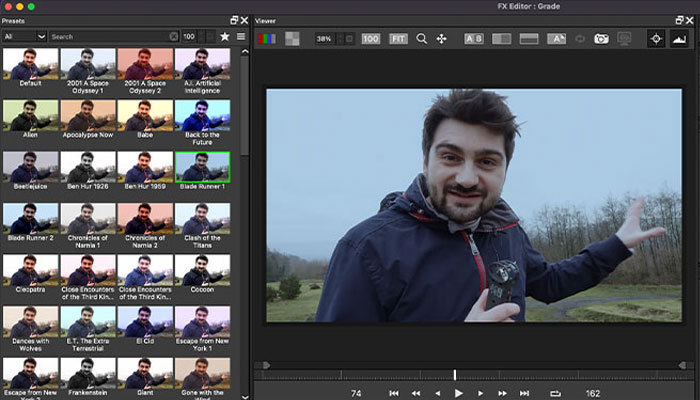Today on Art of the Cut, we’ve got another fan-requested interview! We’re talking to Geoffrey Richman, ACE, and Erica Marker, ACE — two of the editors of the AppleTV+ series Severance. Short on time? Read our 5-minute best of recap.
Geoffrey is currently nominated for two Primetime Emmys for editing different episodes of Severance. He was Emmy-nominated for his work on Tiger King and has won ACE Eddies for Escape from Dannemora and the documentaries The Cove and Sicko. He has also won the special jury prize at Sundance for editing the documentary Murderball and has edited several feature films.
Erica is currently nominated for a Primetime Emmy for an episode of Severance. She also cut the feature film Baked in Brooklyn and TV series, including The First Lady, Fosse/Verdon, and The Good Fight.
Art of The Cut with the Editors of Severance Geoffrey Richman ACE and Erica Marker
Tell me a little about how each of you got onto the show. Was it a team that you knew? Was it an interview that you did because you loved the script?
MARKER: For me, it was a combination of things. I had worked with Endeavor Content before on other projects. I've known Geoffrey (Richman) a long time, but I didn't know Ben (Stiller). When I did my interview with Ben, he actually showed up with a broken nose. I said, “Oh God, was that your last interview? Did it go that badly?” He replied, “No, it was from basketball.” [laughs] We had a really nice interview, and I loved the script obviously, so we went through some lookbooks and, he showed me what he was thinking about in terms of the building and the space was going to look like, and after that, I said, “I’m in!”
Was there an idea of other media that was similar to what he wanted? Either the feel of the editing or the pacing?
RICHMAN: There was a feeling you got from reading the scripts, for sure. I had worked with Ben previously on Escape at Dannemora, and I had a sense of pacing from that show. Now, of course, that didn’t necessarily stick all the way through because it's a different kind of show, but as a starting point, it was relevant. An example of that frame of mind was the slower pacing, holding on to things longer, and forcing yourself to question whether you really needed to cut in a lot of places.
As they got more into Lumen Industries and the dynamics of the Macrodata Refinement department (MDR), it called for a little bit snappier tone. That’s when it opened up to a wider range of pace and style.
You mentioned tone, which I thought was interesting because, for those who might not have seen the show, a person's mind is separated between work and home life. Meaning that while you are at work, you have no memory or identity from your life outside of work, and while you are at home, you have no memories or identity of your life while you are at work. Is there also a tonal shift in the way that you edit between those two locations, or is it just the way it’s shot?
MARKER: I don’t think there was much of a tonal shift in the way it was cut. The cutting patterns were scene by scene, not interior by exterior. Some things were more hectic that took place inside, and some things were more chaotic that took place outside. Those were cut based on those scenes.
The sound was different inside versus outside. The break room has a specific sound because things happen in the break room that have a lot of sounds, but the outside sounds a lot more lively. There's all this ambient sound, and inside there's not. The camera work is very tight and steady inside, while the camera work outside is a little more live because we're outside, but I don't feel like the cutting, in particular, was specifically based on the location.
RICHMAN: The decisions, at least in the first cut, of how to approach it are very much driven by your reaction to the footage that you're watching, really your first impressions of it. The way things are shot dictates what's happening in the scene. If there are a lot of people talking and it has a lighter vibe, then you can feel free to jump around a little bit more.
What collaborative discussions are you having further down the line? Are you going through a director's cut and then a showrunner’s cut after that, or are they combined?
RICHMAN: As stuff was coming in, we were doing the first cuts of everything. Ben likes to see stuff as we're cutting, so we weren't completely in the dark as far as cutting the scenes and then getting to an official editor's cut and then revealing it to the director and getting his notes.
It was an ongoing process from the minute the dailies came in. We would cut together the first cut and I would set it aside and move on to the next scene. Then at some point, I would circle back and refine it a little bit once I was comfortable with it and send it off to Ben to get his notes on it. Then as we were continuing to cut other dailies, go back and make changes to the earlier cut.
It's a circle of activity where by the time we get to the official director's cut period, we've already worked with Ben back and forth and gotten notes. With the remote editing, we could squeeze in off-hours sessions, like an hour or a couple of hours. It was a bit of a blurry line between the editor's cut and the director's cut, and obviously, since Ben was also a producer, there wasn't a distinction between the director’s cut and the producer’s cut. There was just a certain point at which we had done a pass on every scene with Ben and then felt comfortable sharing it with other people internally.
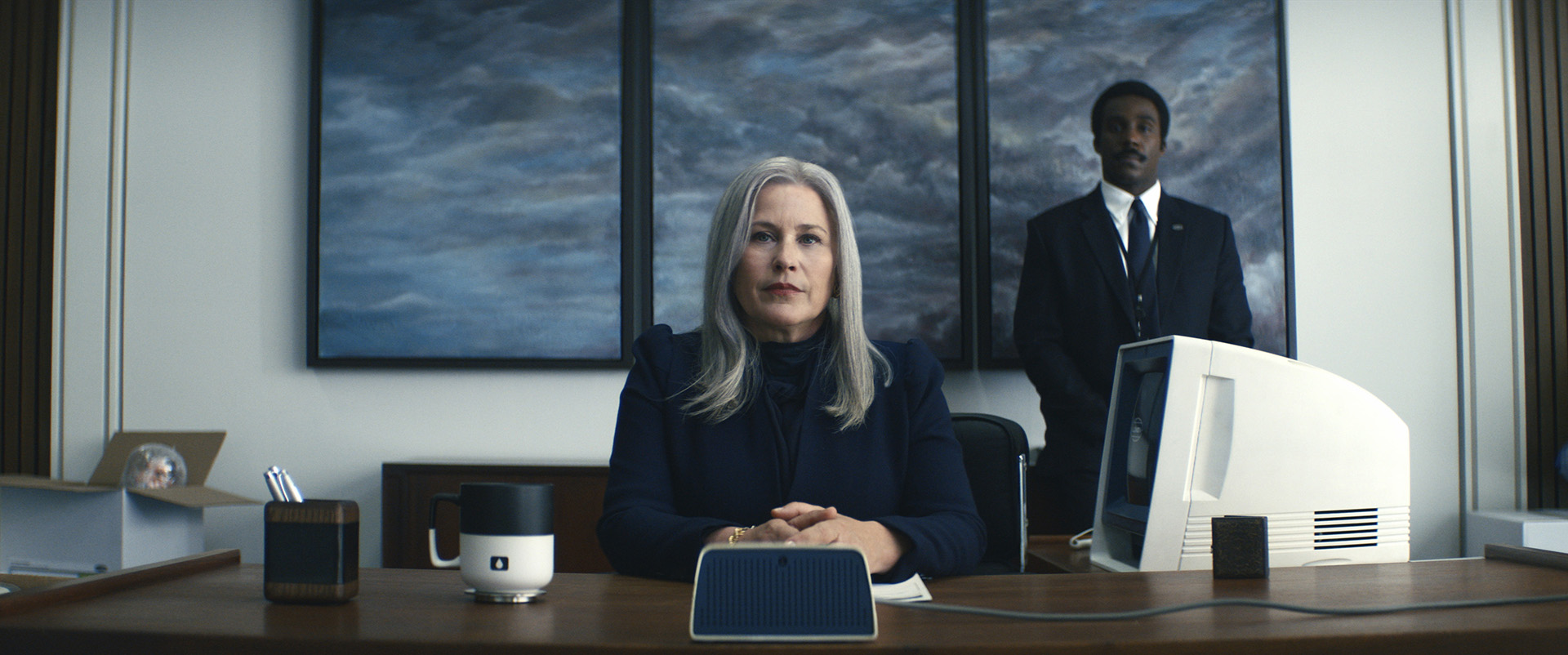
What software were you using to share those cuts?
RICHMAN: We used PIX.
One of the things that’s interesting with how you did the director's cut is that even though you've had time with the director to see a scene, now you are seeing things in context. Can you talk about what you would discover as you saw those scenes in context as opposed to when you were firing off a single scene to the director?
MARKER: One thing we realized as we were putting it together was that the intercutting of the scenes as scripted was not how it was going to end up. By doing that intercutting, we would see opportunities for pickup shots, and that only happened once the scenes that filled in the gaps came in. My first pass was as scripted, and then after we did it, Ben immediately was asking if we could try things in different ways. Since I'd never worked with Ben before, I initially took that to mean I was giving him something he didn't want, but it's not that he didn't want it. It’s that he wants to exhaust every possibility to see what can work best.
It's crazy because his footage is so specific in the way it's framed and the way the performances are, but he gives you a lot of leeway in terms of how it can be put together. There's nothing casual about anything he shoots, but it's also not usually the kind of footage that has to go a certain way. It's so flexible, and he wants to see that flexibility in all of its iterations.
Can you describe a specific example where you might try intercutting a scene that was not scripted to be intercut?
MARKER: In the scene where Petey has done his attempt at reintegration, everybody knows the reintegration procedure isn't reversible, but he tries anyway, which has catastrophic results. He has head pains, he’s disoriented, and the way the end of that episode is scripted is he’s hallucinating that he is outside Mark's house but ends up at a bodega and then thinks he is back at Lumon. That was scripted to be a standalone scene where Petey is in the bodega. He's freaking out. He can't tell what's going on. He falls onto the ground and hemorrhages. Separately there was a scene of Mark leaving Lumon, getting home, realizing Petey’s not there, and figuring that’s probably really bad. He is thinking maybe people have come to get him. Mark drives around looking for Petey and eventually arrives at the bodega as Petey is being loaded into the ambulance.
I originally cut them as two separate scenes, but then we saw an opportunity to intercut them. The final product of how very much it's intercut was way more than I would have guessed. I wouldn't have seen that originally by reading the script or looking at the footage. It got more and more intercut as it went through, and now it's a much more exciting visual sequence than it was on the page, just because that level of experimentation was available to us after all the footage came in.
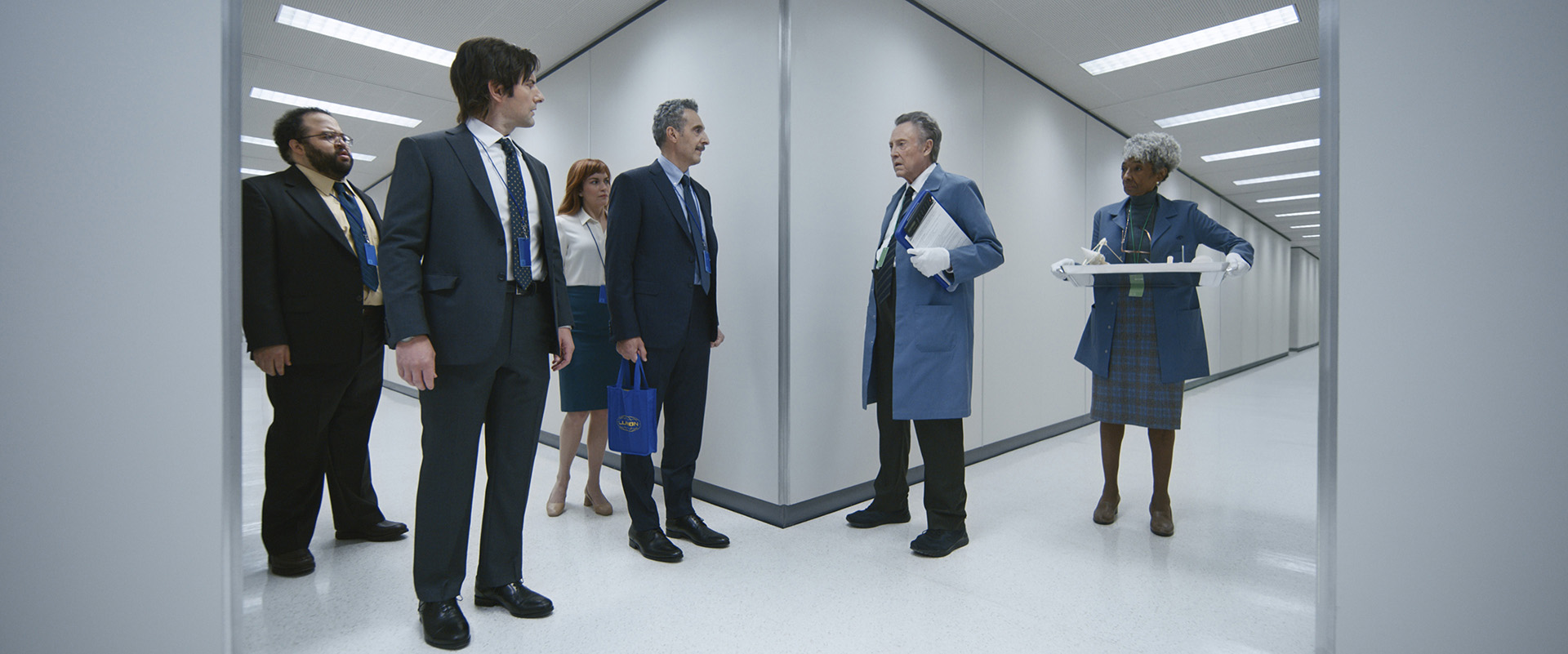
The more you work with it, the more opportunities there are to change things. I love that evolution. Can either of you talk to an aspect that's similar to that, where you experienced being able to evolve a scene from where it started?
RICHMAN: Most of the scenes that we are working on go through that evolution. You're always editing blind when you're doing that first cut. You're making guesses about how things will play and how it'll play in the context of other scenes. You're always going to see it differently because you're watching it as a unit, as a thing that's either playing, not playing, or it's playing a certain way, whether that was your intention or not.
A lot of it is based on watching the cut and seeing what's not working, trying to address it in a certain way, and realizing the approach doesn't work. You then have to open up what your approach is and expand how far you veer from what it originally was scripted. For example, in episode nine, there was far less intercutting in the script. The stretches of time with each character were far longer than what it ended up being in the edit, and that was put together the way it was in the script.
It is like an evolution. You have to do the wrong things in order to arrive and understand why it works the way it ultimately does. While you are evolving the edit, you’re collecting the little successes and continuing to fix the things that are not working. Ultimately you end up with this evolved edit.
It addresses the problems that you started with, but it also becomes something that you could never have predicted in the beginning because you've discovered so much along the way.
The exciting thing for me is you get to the end of a process like that, and you almost don't remember exactly how you got from A to B. It feels special because it's this other thing that you didn't intellectually build from assembling pieces. It was a much more organic discovery, and that's the part of the evolution that’s surprising and fun. I used to joke that if you from the future gave yourself the finished cut at the beginning of the editing process, you would reject it. You would think, “Oh no, that doesn't work for all these reasons.”
You must go through the process of discovery and find all the things that don't work and why they don't. You have to fix things a certain way in order to be in sync with the finished product.
MARKER: There’s a reason it's called editing; it’s constant change. You're never going to nail it on the first try, and you shouldn't expect to. As Geoffrey was saying, we never presented an editor cut. It was constantly being shown to Ben and then constantly changing. The post schedule was revised so many times it was very malleable. The intention isn't to nail it. The intention is to think it through as well as you possibly can and then execute the vision of the director as thoroughly and purely as you can. It's not going to be right until you go through all the possibilities, changes, notes, and juxtapositions, and then you can still improve upon it.
To Geoffrey's point about your future self showing you the final cut. Even if you didn’t reject it as the editor, the director very well might. He would want to know where his vision and his shots were.
MARKER: Yeah, exactly, you want to get it right, but you can't get it right initially and have to give the director what they shot on the first pass. They have to see that otherwise, they say show it to me. So there's no point in trying to circumvent that. You have to just go step by step.
I have those feelings sometimes when I show a cut to a director, and they give me a great suggestion. I think, “Why didn't I think of that?” [laughs]
RICHMAN: Honestly, I don't think you would enjoy working with a director that was fine with the first cut you gave them. You’d be scratching your head, saying, “No, wait, I think there's more we could do with this!” [laughs]
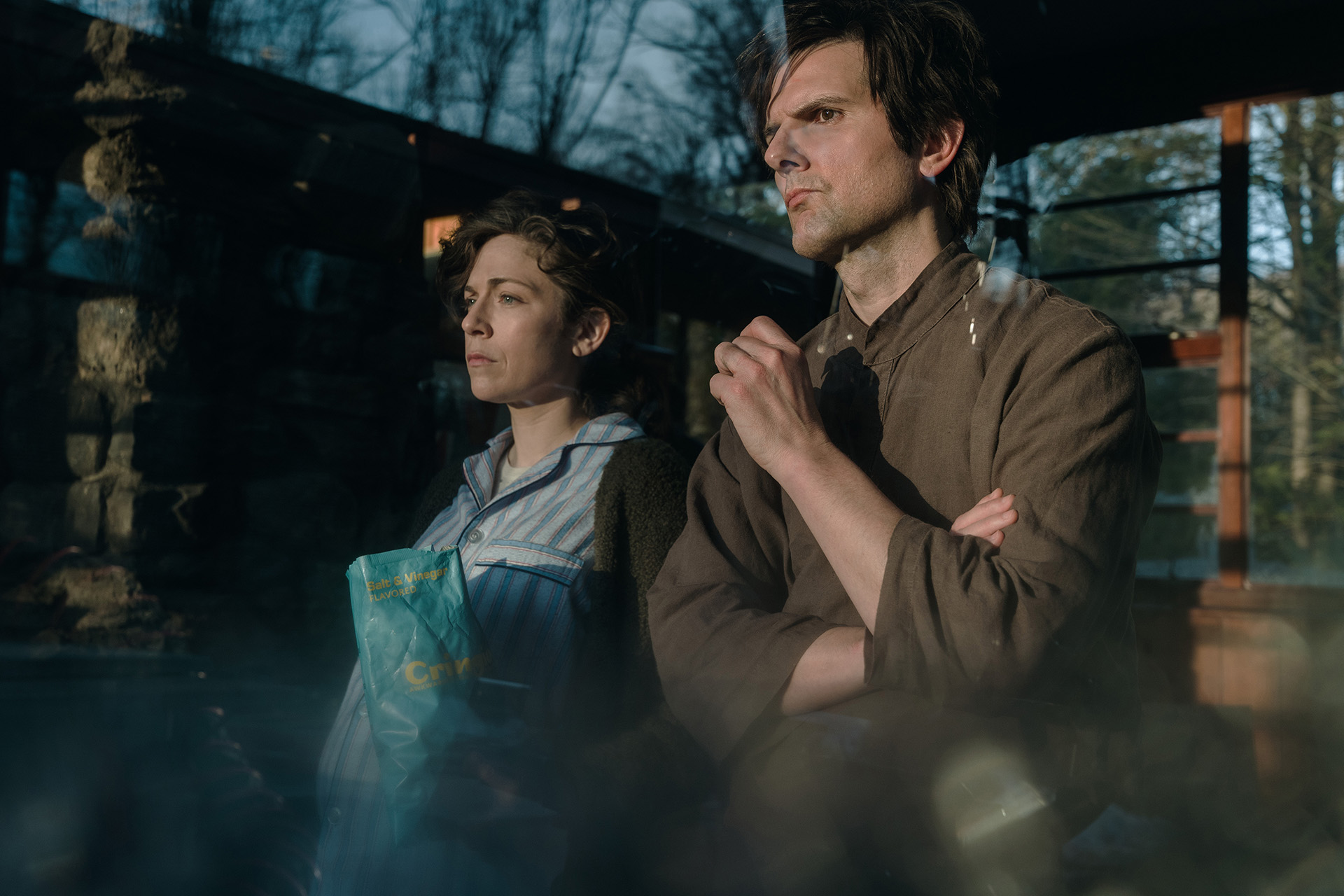
Since we're talking about the evolution of the cut, how much were the shows cut down? How long was your editor's cut compared to the final cut?
MARKER: I would say the finals end up being shorter because the intercutting often paced it up, but overall, things weren't really cut. Sometimes things were moved to help with the flow of the information. There wasn't a length issue or length target.
RICHMAN: Yeah, we would never have two-hour edits of any episode or anything like that. I think the longest any episode ever got was maybe an hour and 10 minutes. Everything shrunk through pacing and getting a better rhythm, but it wasn't drastic changes in duration.
What do you do when you walk in during dailies and you're presented with new material that you haven't seen before, and you have to put it in a timeline?
MARKER: I always reread the script right before shooting begins and reread the scenes right before the dailies come in. I reread the script of everything they shot today. I’m also going to reread the scene right before I start cutting it and really picture in my mind what I think the scene's supposed to look like. I think about what footage I was anticipating and what the story I'm trying to tell in this moment with this scene is.
The cool thing about Ben's stuff is I would read the script, I'd picture it, and when the footage came in, I’d realize, “Nope, nothing like I pictured! okay!” [laughs] His stuff is so incredible and inventive. It’s just that everything that I pictured was just not there. Of course, there's coverage of the characters, and there are wide and tight shots, but the angles that I pictured weren't there, so I had to readjust what I pictured to what I actually had.
Sometimes it's more straightforward, but it was really fun to have it not be that straightforward because as an editor, your job is always to satisfy the vision of the director, but in this case, it was very clearly the goal because Ben had such a vision. None of the footage was a throwaway. It was so specific that you wanted to make sure you were doing service to what Ben had intended to get.
How do you put the scene together knowing the performances but building things based on the angle and the size that you want? How are you starting to build the sequence together?
MARKER: It's funny because Geoffrey and I do look at our bins in different ways. We would share bins in the project all the time, and I would open the bin and it would be in “Text view” and think, “How does he do it?” [laughs] I can't cut in Text view at all. It blows my mind.
I cut in Frame view, but I also do a thing that most people don't do, and that is, in a Multicam view within Frame view, I put every camera that was part of the group so that everything is visually represented in the bin. If you only had the group clip, then you don't necessarily know what those other three camera angles were, and I want them all visually represented in the bin. This means my bins have a lot of stuff in them. [laughs] I'm only cutting with the group ever. I'm not cutting with the individual camera angles, but they're all there, so I can always see if I have that medium shot or that tight shot.
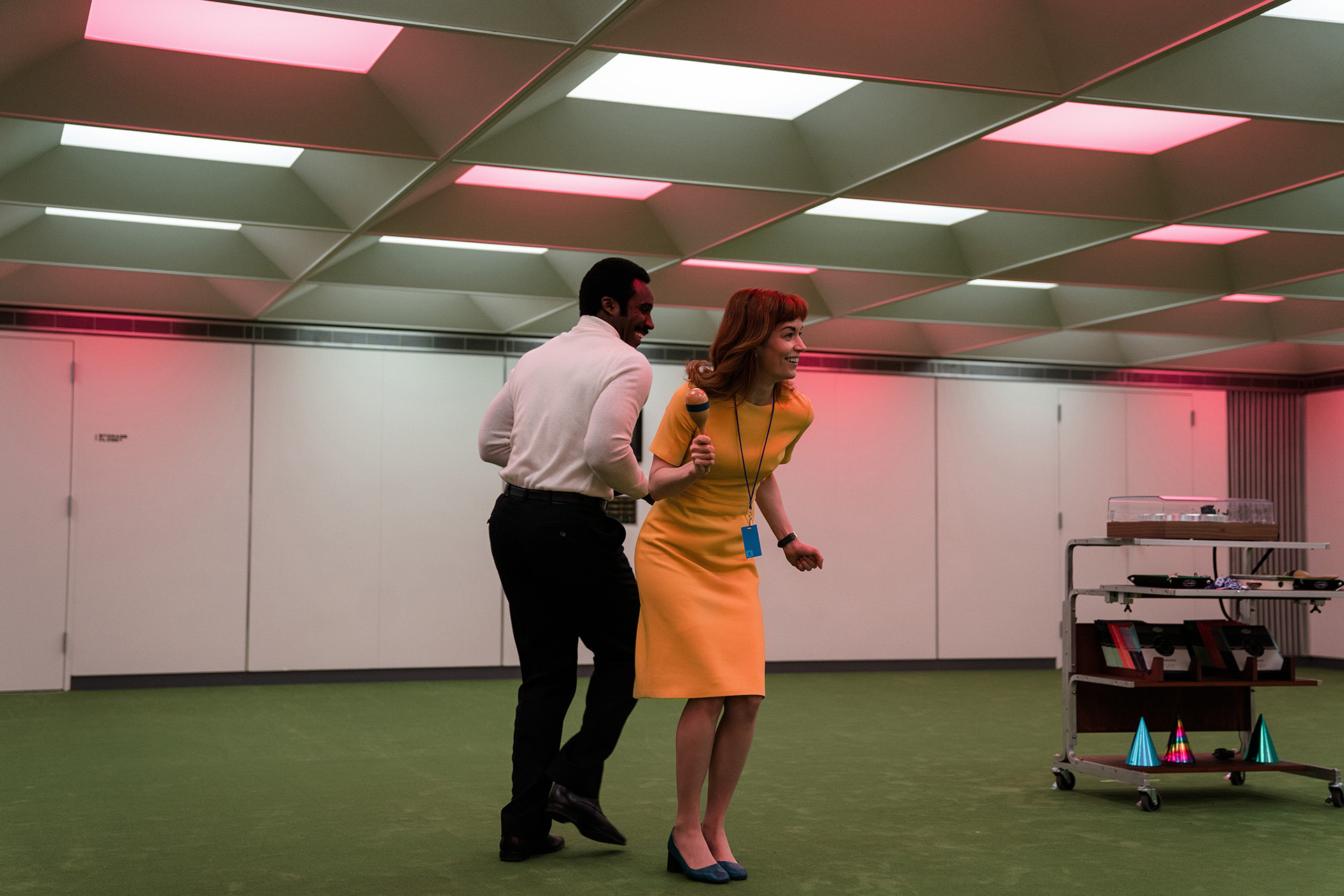
I have to see the individual angles too. For you, Geoffrey? How are you approaching a new bunch of dailies?
RICHMAN: It’s a similar process, just not with the thumbnails. I like working more with the timeline than the bin, so I lay everything out into a string out. With the multiple cameras, I like putting lots and lots of markers with different colors that mean different things based on how much I like whatever's happening in the clip. You can't do that on a group clip because you don't know what camera it's referring to. I break everything apart and put it into a string out where it’s all the different angles separated into separate clips. Then I just start watching it, whatever it is. It could be three hours of dailies for a scene, and I’ll just hit play and start watching and doing markers as I'm watching.
I have a very tedious process that feels like crawling through the mud for the first cut, but it's basically watching everything and not actually pulling selects and instead marking it with markers so that I don't have to stop and think. I can focus on watching it and experiencing it. The more I like something, the more markers I will put in that spot. If you look at my timeline, green is the ultimate indicator, meaning it has to be in a scene version somewhere. Once I've watched the whole string out, I will go back and pull from the sections I liked and make a select reel which is what I’ll use to start building the first cut.
It's definitely a long process, but I find going through the footage twice in that way. First, I watch it in real-time, and second, I pull them into a new timeline. I learn the footage by the time I start to cut it, and then I build the first cut from it. Once the first cut is built, I may never use the selects reel again, but I will use the markers in that master string out because the selects reel is very specific to that moment in time, but the string out has everything that I will refer back to. Seeing where my markers fall helps throughout the editing process.
When do you start assembling the scenes into an act or a reel or the show? Do you do it immediately, or are you much more focused on cutting a scene together and not so much worrying about whether it's next to another?
RICHMAN: I definitely keep in mind what it's going into and what it's coming from. I am thinking about what shot is bringing us in and what shot is bringing us out. A lot of time, we didn't have the adjacent scenes for months because of the way it was shot, so we may not have the scene that comes out adjacent to it for a long time. Once we start getting scenes that connect, I will put it together immediately because it changes how the scene will play. Once you put the two together, it creates new ideas about the ins and outs of the scene.
MARKER: I find sometimes you have the scene in the scene bin as your first copy, you put it into the longer cut, then people start weighing in, and then eventually, almost every single time, someone will say, “Can I see what it was?” So I always want to have that copy in the scene bin to show where I came from with the cut to ask them if there is anything worth recovering from those initial ideas. Of course, I back up regularly a gazillion different ways, but I always keep my first impression of the scene in the scene bin as a way to reference that starting point. You have to know where you're starting to advance past that.
RICHMAN: In the columns, I track every time I share the cut with Ben or someone else. I find that very important information because once you have fifty or a hundred versions of a cut, you can't remember that it was version 2A or 7B or whatever it was. You remember it based on where it was in time. You remember that when you shared the cut with these three people, that's where it was at. That's the way I remember the state of the cuts, not the version number, but where it was in the process.

Somebody I interviewed recently said that they have their assistant actually build out the entire show with placeholders at the length that the scene is expected to be.
RICHMAN: I get the idea of large gaps, but it also depends because if you are going to send the cut to someone, you're not going to make them sit through five minutes of titles. [laughs]
MARKER:That would be pretty brutal. [laughs]
In terms of sound design, is that something you had specific ambiances for already or that you had created for specific rooms and areas?
MARKER: If you look at the sequences, there is “MDR tone” that Geoffrey created very early on. When we were working on three, we asked, “All right, what does MDR sound like?” and we went back to episode one and pulled it up, and we used that for every other episode.
RICHMAN: Jacob Ribicoff, the supervising sound editor, actually did a pass on MDR.
MARKER: It was very early on because by the time we were doing sound on episode three, that was already established.
RICHMAN: During the mix, we actually ended up getting very fine-tuned, moving where the beeps and the bloops fell because they had a rhythmic element. They would fill in the emptiness and things like that.
There's a level of discomfort that the actors are giving you in their performance, but then you're also trying to mold and enhance it in the edit by, like you said, holding on a shot a little longer than normal. Can you talk a bit about finding performances that you love and then shaping that in addition to what the actor's giving?
RICHMAN: You start with all the performances that you liked, which includes a range, but once you start building the scene, you have to start answering the questions about what is needed at each moment. It's not just what you like. It's about what's going to work at this moment in the scene. It shrinks the pool of different performances that you're pulling from because it's answering a certain need at that moment. It's similar to answering “What's not working?” and addressing it that way. Not that the performances are necessarily bad at any moment. It's just that they're not doing what they need to do for the story at that moment in the cut.
MARKER: Yeah, none of the performances were bad ever, which is why it was hard, because you would watch take after take after take and each one was amazing. Ben also does such a great thing where if a shot is not framed exactly how he wants, he stops them immediately, which means there is almost nothing that's unusable. The actors were flawless. Now they did give a range intentionally as per Ben’s direction, so it came down to calibrating and figuring out when do we turn up the dial on how that person's feeling. We had to pick what these characters were going to be because the entire range was there for every take.
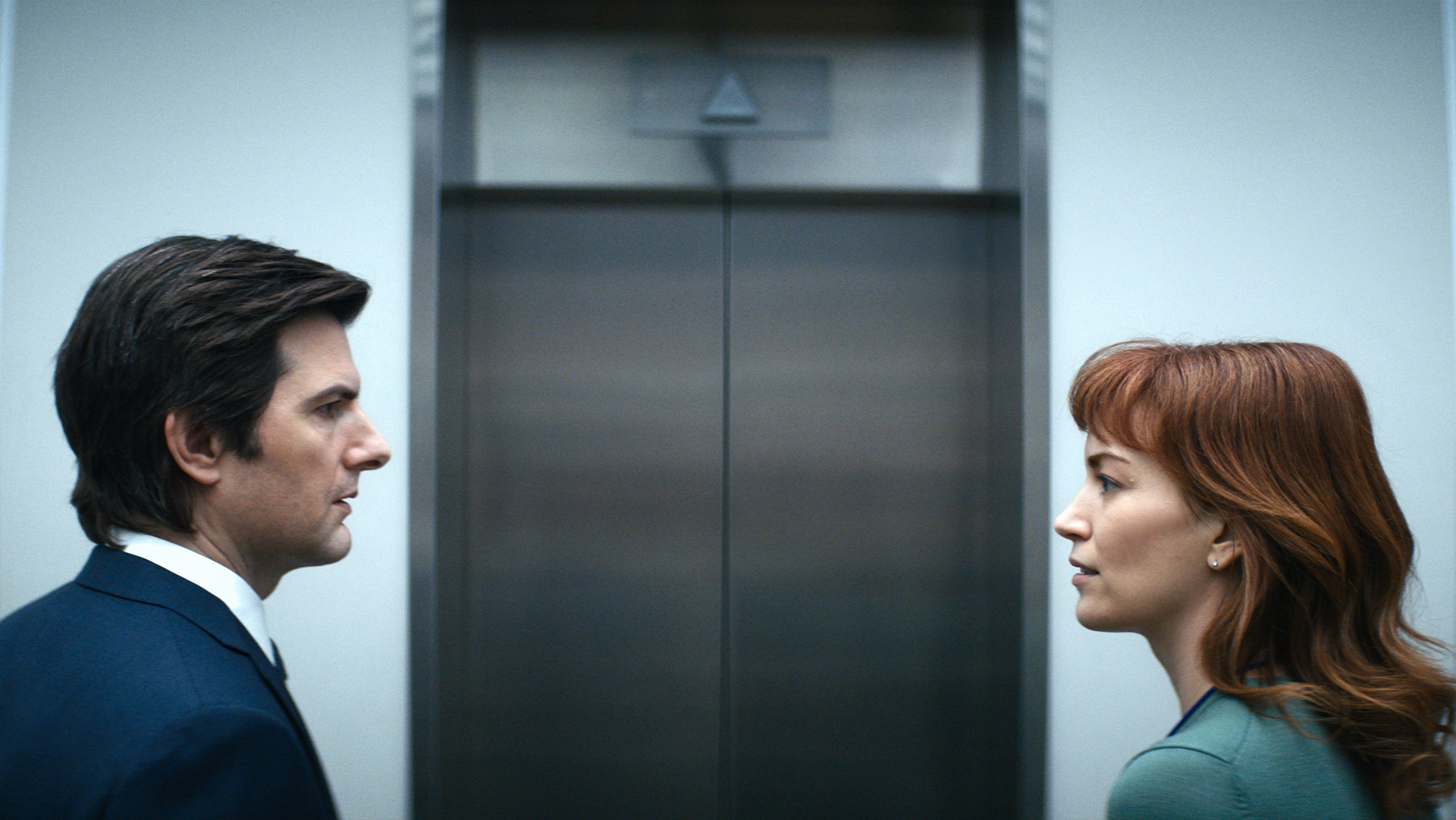
Can you think of something where you wanted another shot or some ADR to make a scene better and then asked for it?
MARKER: I can't think of anything offhand that I asked for. Things came up organically in discussion that would help a scene or a moment. The one that comes to mind immediately is when Petey is hiding in the basement and he sees Cobel talking on the phone. He has a flash where he seems to remember her even though we are outside of MDR, and he should have no memory of her. She isn’t even Cobel at this point. She is just the neighbor but able to put together that it's actual Cobel. We tried a few things with that initially, but then Ben suggested that he shoot her doing the same movement and action she is doing in the basement but in the office. Same lens, same distance, her doing the exact same motion, and then we can flash back and forth between the two. It makes the visual connection incredibly clear. Petey sees this person and remembers her doing that exact thing in the office.
It was the kind of shot that worked fine on its own, but when we added that matching shot, it was clear that the story was told. It is the kind of thing where cutting, experimentation, and not quite nailing it initially lead us to get the right shot to make it really work.
RICHMAN: Actually, in the same episode with the same character, there was a sequence when he's out walking up in the mountains, and you hear a ghostly voice over him, and we jump cut through his face while Petey is walking out of MDR and through the perpetuity wing. That was because we had too much good footage in the perpetuity wing and all these great shots of Petey walking on the path. The idea that came out of that was to hear a voice that is presumably in Petey’s head but reveals itself to be the voice from inside the perpetuity wing.
That was something where Ben asked Dan, “Can you write something?" So Dan wrote up a whole thing that someone read in, and then the supervising sound editor added an old audio sound to it. It allowed us to be in Petey’s face and jump cut through it while having all these great shots of the perpetuity wing and not get tired of it because you're hearing these other elements at the same time.
That was one of the things that I wanted to ask you about because when I watched the intercut of that. It was very interesting, so I'm glad you remembered to talk about it.
Erica and Geoffrey, thank you so much for spending time with us and discussing this really interesting series. Congratulations on a great project. Thank you.
RICHMAN: Thank you so much.
MARKER: Thanks for having us.


